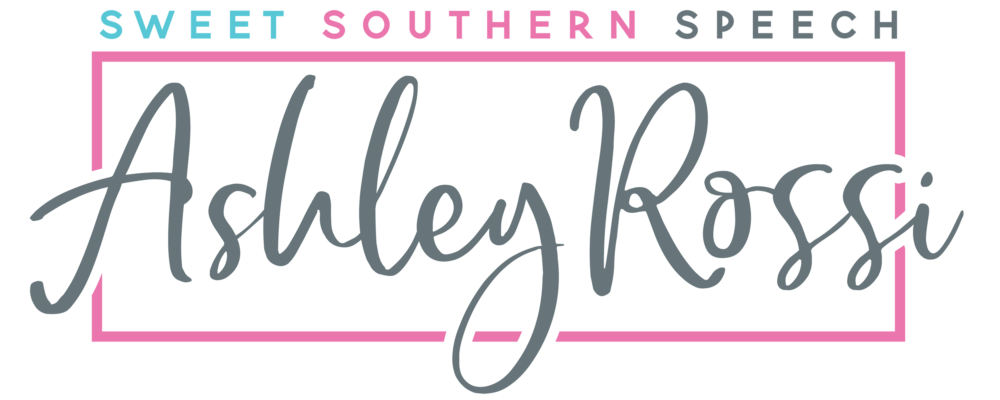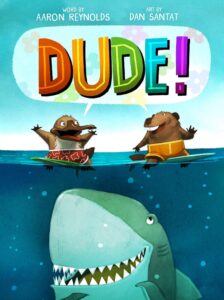Dude! You have to read this book. It’s totally about this platypus and this beaver who are friends. They want to go surfing but dude, there’s this shark who’s in the ocean, too. But don’t worry. This shark approaches and you’ll never guess what happens.
This fun, almost wordless ocean book can be used in speech therapy to address friendship, inferencing and predicting. It is also great for noticing text features and illustrations. Discover more of the speech and language teaching concepts for using Dude in speech therapy below:



